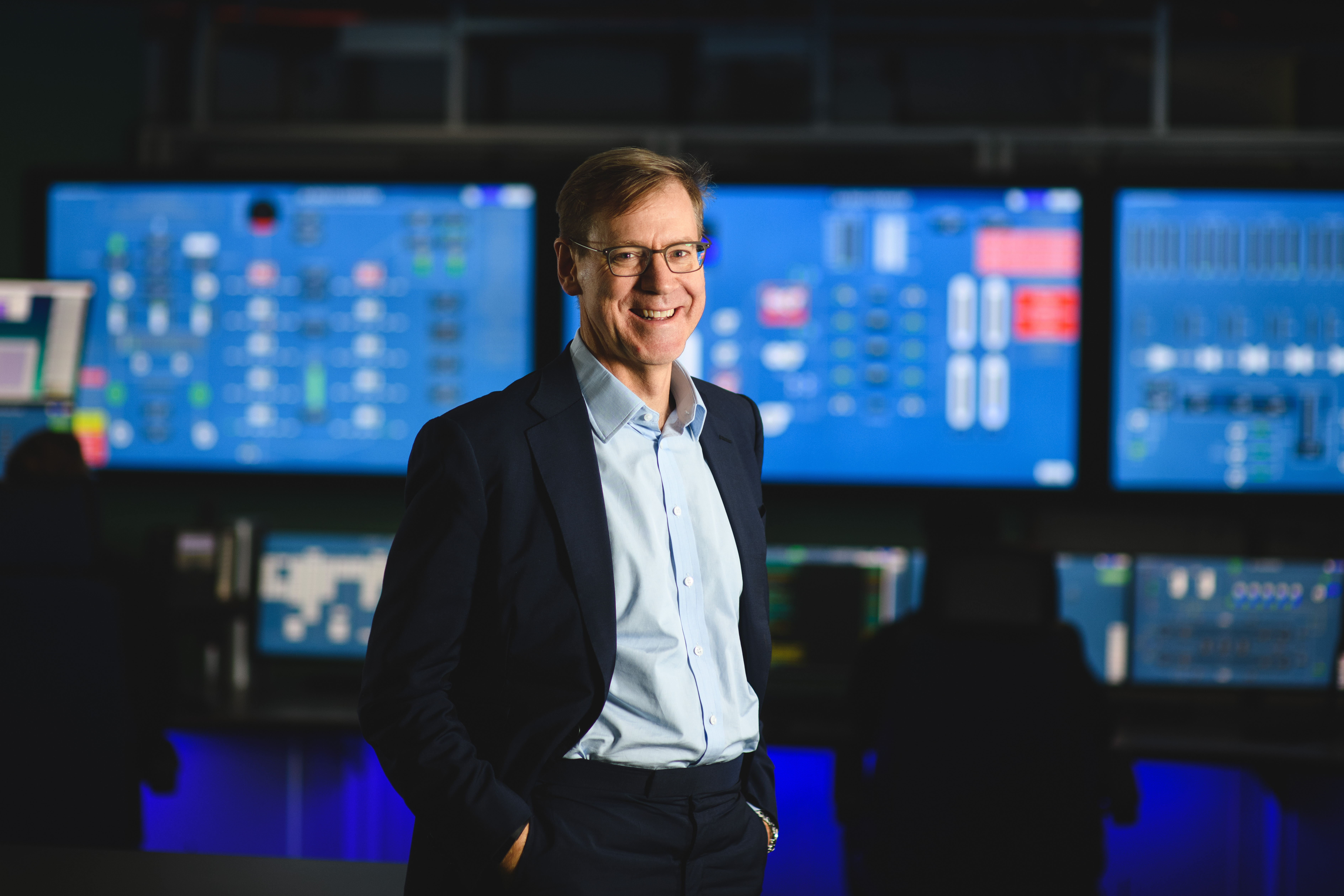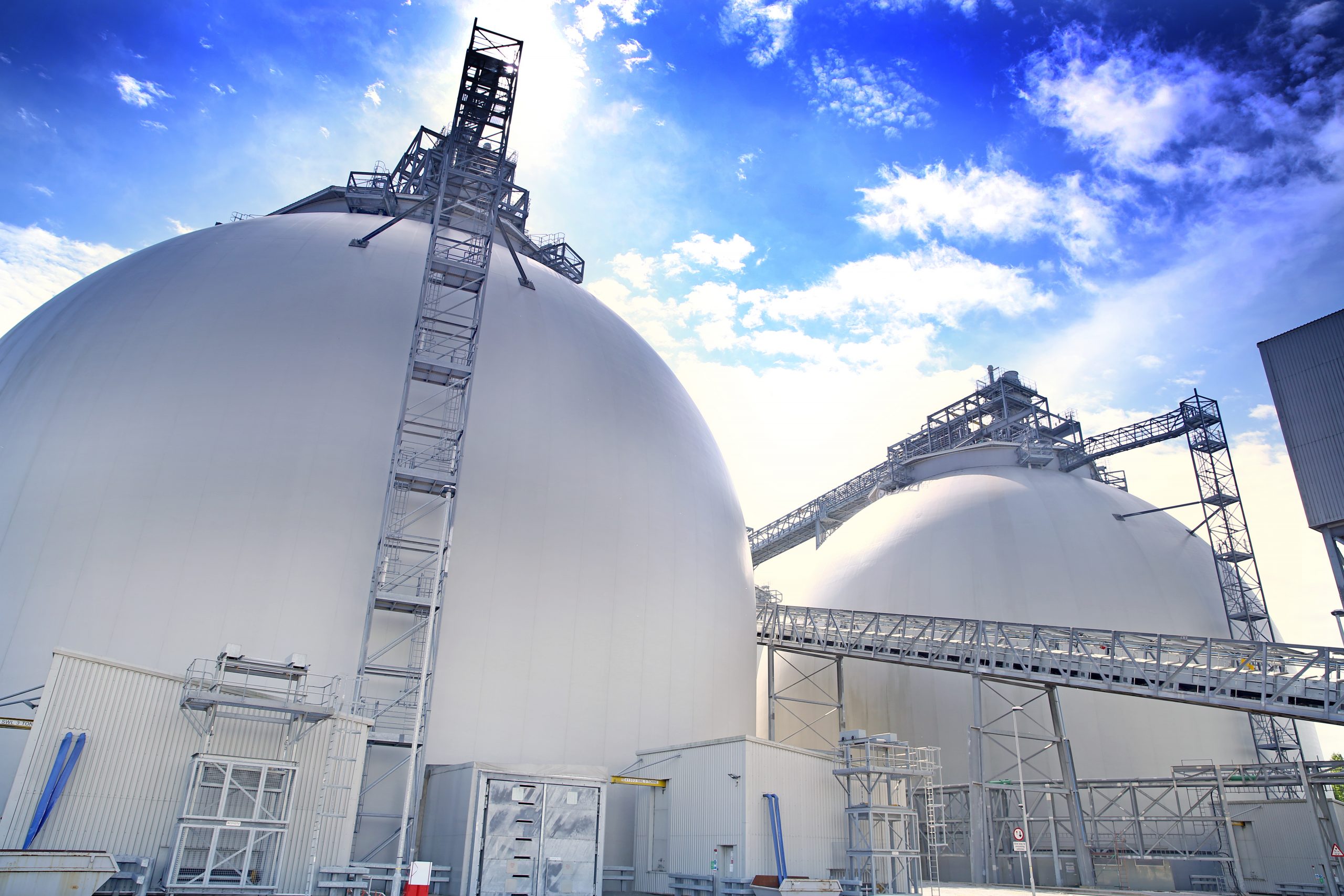
The donation builds on the Drax Laptops for Learners initiative which supplied 50 laptops with free internet access to the school last year to ensure students having to learn from home during the Covid-19 pandemic did not fall behind in their studies.
Since March 2020, Selby High School has loaned out over 500 laptops to families to support students with home learning and after seeing the positive impact this has had, the school intends to allow their students to keep the devices and to issue additional laptops to support the educational needs of even more pupils. Drax has offered a five-year financial support package to cover the cost and maintenance of 50 new laptops a year, adding up to a total value of over £70,000 across the five years.
Drax’s Group Director of Sustainability Alan Knight said,
“We work closely with schools in our communities to ensure that young people from all backgrounds have equal access to education. Drax has an important part to play in making sure the next generation has the knowledge and skills needed to support businesses like ours as we continue to develop and grow.
“Our partnership with Selby High School builds on the work we did during lockdown to provide laptops with free internet access to ensure no students were left behind in their studies as well as virtual tours of the power station and online work experience so that students didn’t miss out on the opportunities Drax would usually offer.”
Selby High School Principal Nick Hinchcliffe said,
“The generous donation from Drax has really allowed us to move a step closer to our goal of ensuring that every student at Selby High School has access to technology at home. This will have a huge benefit for some of our most vulnerable learners, and particularly allow us to make sure that any gaps in learning caused by the pandemic are quickly closed.”
Drax is committed to supporting the communities local to its operations. It has invested more than £840,000 to support its customers and local communities during the Covid-19 crisis including donating over 1,200 laptops to schools and colleges across the country.
Top image caption: L-R Alex Dungey, Drax Community Engagement Team Leader Jane Breach, Elisha See, Gloria Davison, Selby High School Director of ICT Jon Smith and Principal Nick Hinchcliffe.
ENDS
Media contacts:
Megan Hopgood
Communications Officer
E: [email protected]
T: 07936 350 175
About Drax
Drax Group’s purpose is to enable a zero carbon, lower cost energy future and in 2019 announced a world-leading ambition to be carbon negative by 2030, using Bioenergy with Carbon Capture and Storage (BECCS) technology.
Its 3,400 employees operate across three principal areas of activity – electricity generation, electricity sales to business customers and compressed wood pellet production and supply to third parties.
For more information visit www.drax.com
Power generation:
Drax owns and operates a portfolio of renewable electricity generation assets in England and Scotland. The assets include the UK’s largest power station, based at Selby, North Yorkshire, which supplies five percent of the country’s electricity needs.
Having converted Drax Power Station to use sustainable biomass instead of coal it has become the UK’s biggest renewable power generator and the largest decarbonisation project in Europe. It is also where Drax is piloting the groundbreaking negative emissions technology BECCS within its CCUS (Carbon Capture Utilisation and Storage) Incubation Area.
Its pumped storage, hydro and energy from waste assets in Scotland include Cruachan Power Station – a flexible pumped storage facility within the hollowed-out mountain Ben Cruachan.
Pellet production and supply:
Drax owns and has interests in 17 pellet mills in the US South and Western Canada which have the capacity to manufacture 4.9 million tonnes of compressed wood pellets (biomass) a year. The pellets are produced using materials sourced from sustainably managed working forests and are supplied to third party customers in Europe and Asia for the generation of renewable power.
Drax’s pellet mills supply around 30% of the biomass used at its own power station in North Yorkshire, England to generate flexible, renewable power for the UK’s homes and businesses.
Customers:
Drax is the largest supplier of renewable electricity to UK businesses, supplying 100% renewable electricity as standard to more than 370,000 sites through Drax and Opus Energy.
It offers a range of energy-related services including energy optimisation, as well as electric vehicle strategy and management.
To find out more go to the website www.energy.drax.com




















